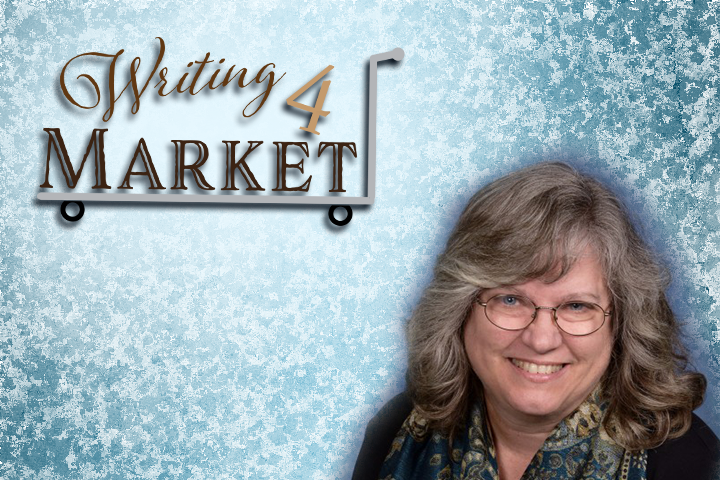The grammar may be perfect. Every subscript and superscript might be in just the right places. However, effective case studies never sound like a company is talking about its own product or service. A great case study has the customer talking about the product (or service) and its value for them. When I have your customer telling their story, the case study becomes external proof of your product or service’s value.
This is the most important consideration for effective case studies!
Businesses need case studies. They’re expected. Yet, if they are company or product-centered, they turn into bragging sheets. In today’s marketplace that’s risky. Millenials are now in decision-making positions, and “they don’t want to be told what to think” according to SF Gate writer Marissa Lang. “About 85 percent of Millennials and those from Generation Z said they trust the information from online sites with product reviews.” [source]
Effective case studies feel a bit like an online review. So how do I capture the information I need to achieve this goal?
Gather Information Other Customers Will Connect With.
- I find out what challenge(s) led the customer to seek your product or service. (Others may have the same challenge.)
- I explore why they need the product or service. (Others might need it for the same reason, but never thought of it before.)
- I ask about any obstacles they experienced with the product or service. (It adds authenticity admitting things come up. It also gives your customer an opportunity to share how you resolved things.)
- I get the customers talking about the benefits they’ve experienced from the product or service. (This is essential if you want potential customers to picture themselves experiencing the same benefits.)
Use Customer Quotes Frequently.
Weaving quotes throughout the case study makes it easier to stay in the customer’s voice. That’s foundational to effective case studies. However, some ways of using quotes are more beneficial than others.
For example, a job post I saw on Upwork had plenty of quotes. However, their effectiveness was isolated by their exclusive use as block elements. Even though the picture of the person giving the quote was part of the design block, the quote’s direct connection to the product was unclear. This was exacerbated by the text that went on the same page. It sounded like the company was talking about its own product.
One way the writer of the case study could have avoided this was by weaving portions from the quotes into the text. Then expansion of the quote into the design block would have been an effective approach—much like a pull quote, yet with additional detail. Then by modifying the remaining text to come from the customer, the message would become an independent voice. So much better for promoting their product.
Pull quotes can be very effective, and I like to use them. However, it’s better when there’s context to emphasize their value to the customer.
Convey a Strong Value Proposition in the Titles and Subtitles.
Finally, titles and subtitles in effective case studies convey the value your customer experiences from your product or service. This motivates interest in the case study. It transforms a case study from an optional read to a must-read information piece.
I follow up on the promise in each heading by continuing to focus on one customer telling other customers their story. In this way, I work to turn every case study into a powerful sales piece.
